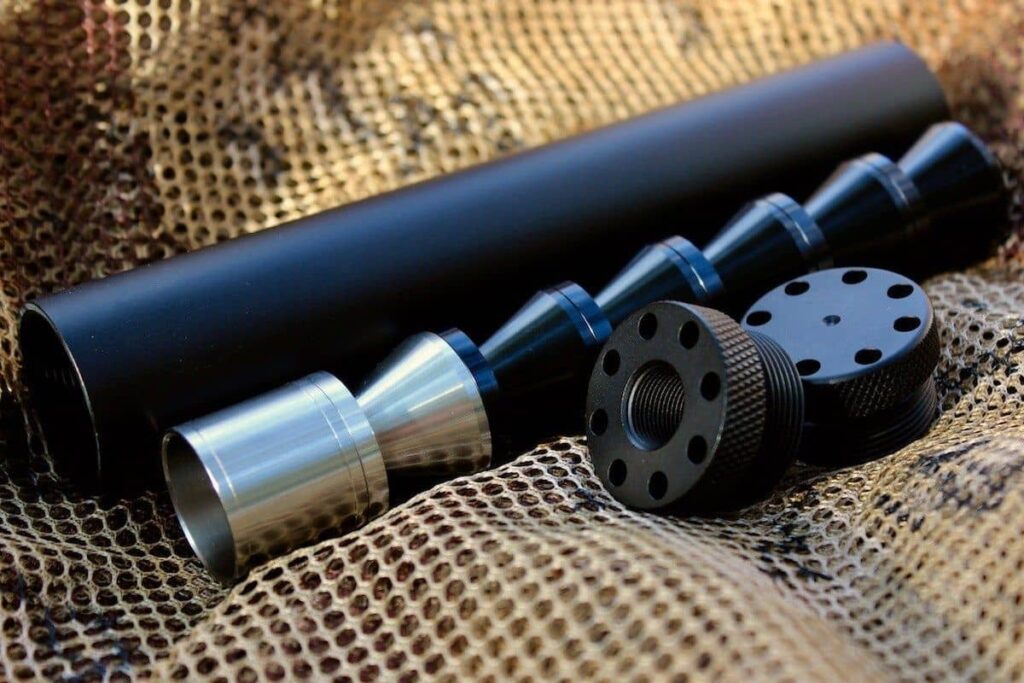In recent years, the term “solvent trap” has generated both curiosity and controversy, often becoming a topic of discussion within firearm enthusiast circles and legal spheres alike. Initially designed as a tool for cleaning firearms, solvent traps have found themselves at the center of debates concerning their legality, safety, and potential misuse. In this comprehensive guide, we delve into the intricacies surrounding solvent traps, exploring their intended purpose, legal status, regulations, and safety considerations.
Understanding Solvent Traps
At its core, a solvent trap is a device designed to capture solvent and other debris when cleaning the barrel of a firearm. Typically composed of a tube with end caps, solvent traps feature internal components that help filter and collect residue, preventing it from escaping into the environment. This design facilitates a cleaner and more efficient method of firearm maintenance, reducing the risk of exposure to harmful chemicals and simplifying the cleaning process for firearm owners.
The Legal Landscape
One of the primary points of contention surrounding solvent traps revolves around their legal status. While the use of solvent traps for their intended purpose—cleaning firearms—is generally accepted, concerns arise when individuals modify these devices for alternative uses, particularly as suppressors or silencers.
Under U.S. federal law, the National Firearms Act (NFA) regulates the sale, possession, and transfer of certain firearms and accessories, including suppressors. According to the NFA, a suppressor is defined as any device designed to diminish the report of a portable firearm. As such, modifying a solvent trap into a suppressor without proper registration and adherence to NFA regulations constitutes a violation of federal law and may result in severe penalties, including fines and imprisonment.
The Gray Area
Despite clear legal restrictions, some individuals are drawn to the idea of constructing their suppressors using solvent traps, driven by a combination of cost savings and a desire for customization. This DIY approach, however, is not without its risks.
First and foremost, DIY suppressors constructed from solvent traps may lack the quality and reliability of commercially manufactured counterparts. Without proper engineering and testing, these homemade devices pose significant safety hazards, potentially leading to catastrophic failures during use.
Moreover, individuals who attempt to circumvent NFA regulations by fabricating their suppressors risk severe legal consequences. Law enforcement agencies actively monitor and investigate instances of illegal suppressor possession and manufacture, and offenders are subject to prosecution under federal law.
Ensuring Compliance and Safety
For firearm owners seeking to utilize solvent traps for their intended purpose, it is essential to prioritize compliance with relevant laws and regulations. This entails refraining from any modifications that would transform a solvent trap into an unregistered suppressor and ensuring proper disposal of collected solvents and debris in accordance with environmental regulations.
Furthermore, firearm enthusiasts should exercise caution when purchasing solvent traps, ensuring that they are sourced from reputable vendors and manufactured to high-quality standards. Investing in a well-designed solvent trap not only enhances the effectiveness of firearm cleaning but also minimizes the risk of accidents and legal complications.
Conclusion
In the realm of firearm maintenance, solvent traps serve as valuable tools for promoting cleanliness and prolonging the lifespan of firearms. However, their misuse and unauthorized modification carry significant legal and safety implications, necessitating a responsible and informed approach by firearm owners.
By understanding and adhering to applicable laws and regulations, firearm enthusiasts can enjoy the benefits of solvent traps while mitigating the associated risks. Ultimately, fostering a culture of compliance and safety within the firearms community is essential for upholding the integrity of the law and ensuring the well-being of all stakeholders involved.







